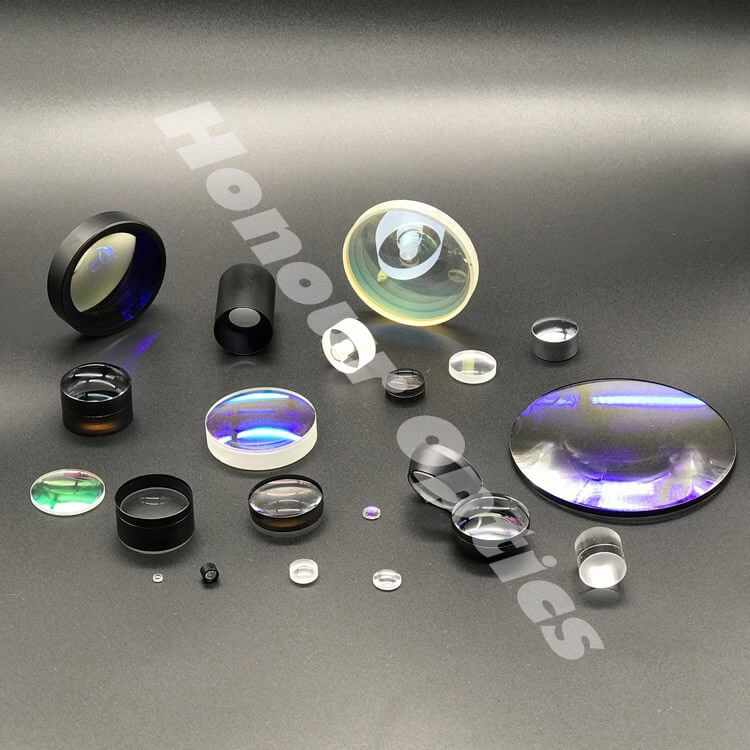
When imaging with monochromatic light, there are five kinds of aberrations, namely spherical aberration, coma, astigmatism, field curvature and distortion. The first three aberrations destroy the point correspondence. Among them, spherical aberration makes the image of object point become circular diffuse spot, coma aberration causes comet like diffuse spot, and astigmatism leads to elliptical diffuse spot. Field curvature bends the image plane of the object plane, and distortion deforms the image of the object.
In addition, when imaging with a wide band of polychromatic light, because the refractive index of the optical medium varies with the wavelength, when each color light is refracted face by face through the lens system, it will have different propagation paths due to dispersion, resulting in an imaging defect called color difference. There are two kinds of color difference: position color difference and magnification color difference. The former leads to different imaging positions for different color lights, and the latter leads to different imaging magnification for different color lights. Both of them bring color to the image and seriously affect the imaging quality, even in the paraxial region.

The actual values of various aberrations need to be known through the tracing of several rays. However, in the range slightly larger than the paraxial region (called side ear region), the imaging defects can be described by primary aberration (also known as side ear aberration). The primary image difference can be calculated by tracing two paraxial rays. Aberration, especially the primary aberration, has a quite complete theory, which is the theoretical basis of optical system design.
In order to make the optical system image well with large aperture and field of view, it is necessary to fine correct and balance the aberration, which can not be realized by a simple system. Therefore, high-performance practical optical systems need more complex structures.